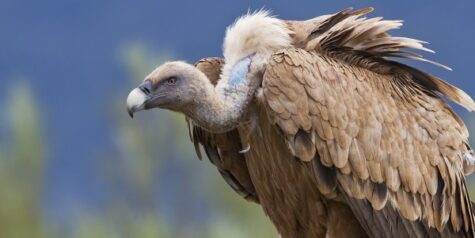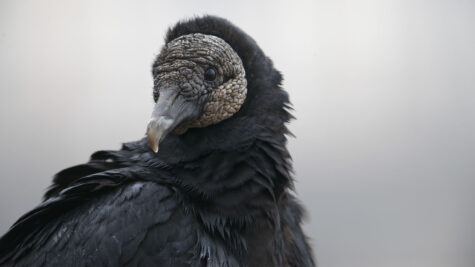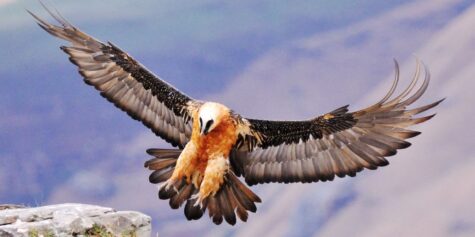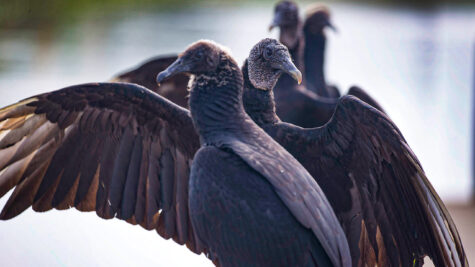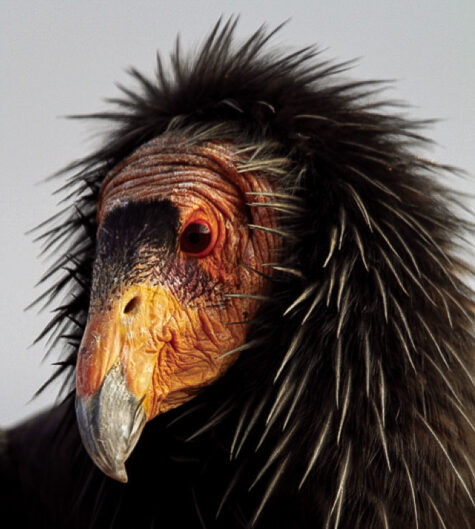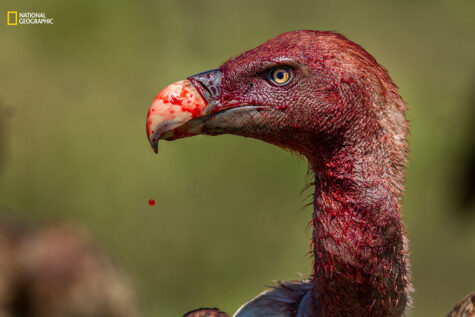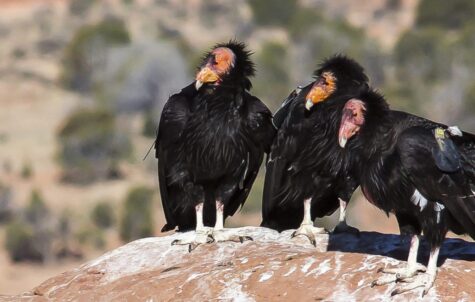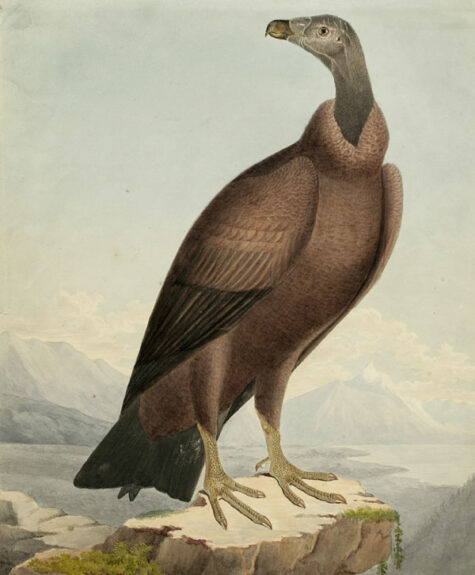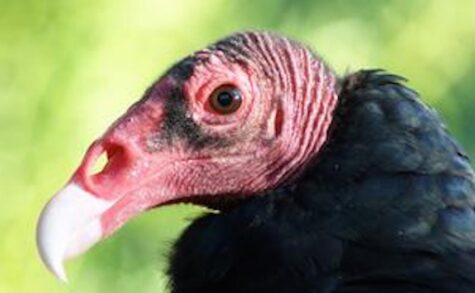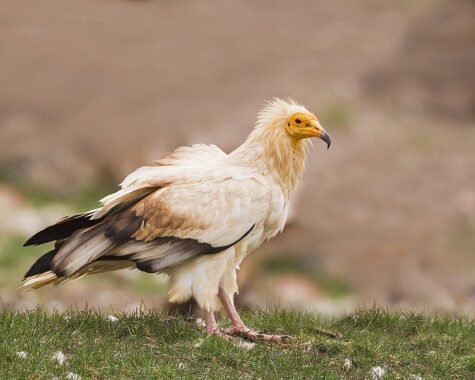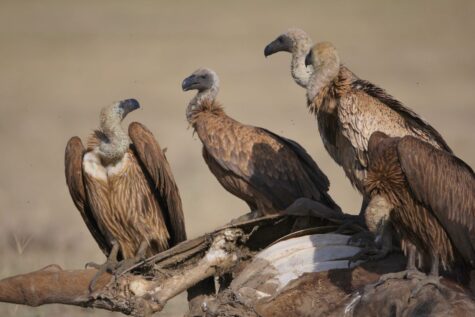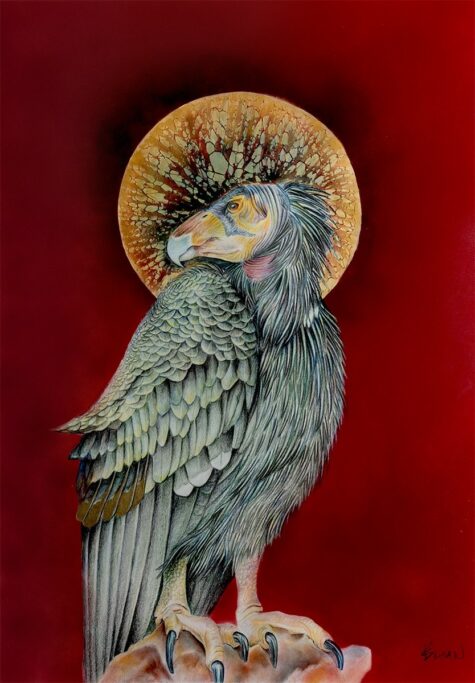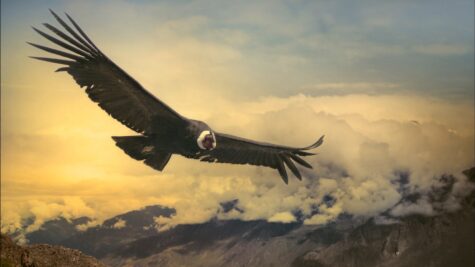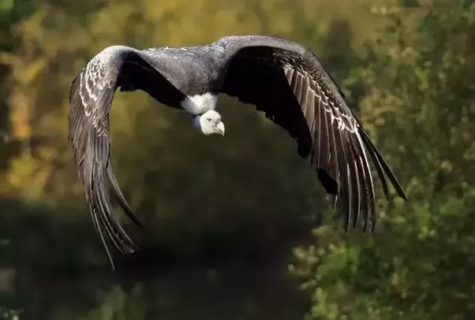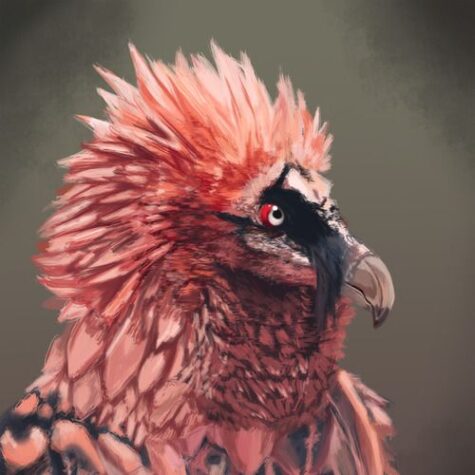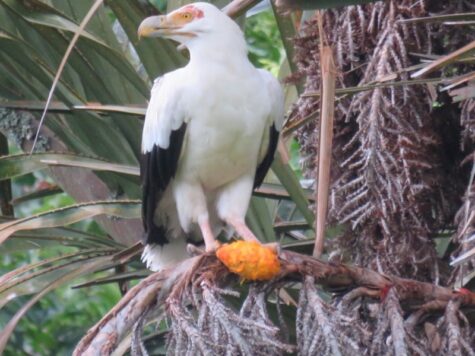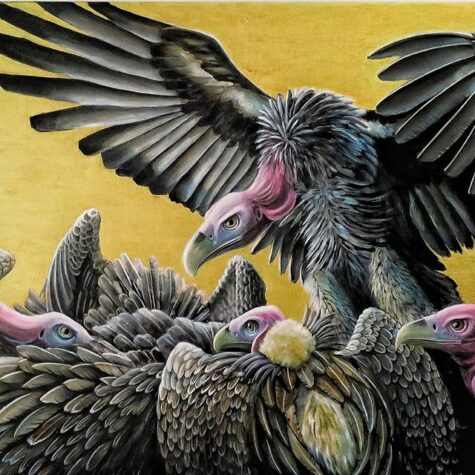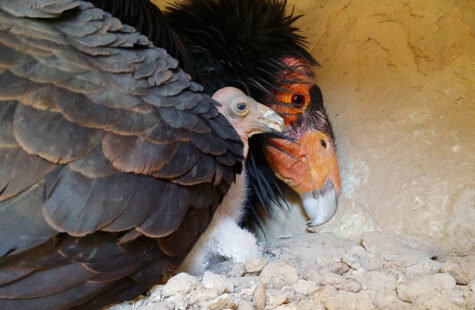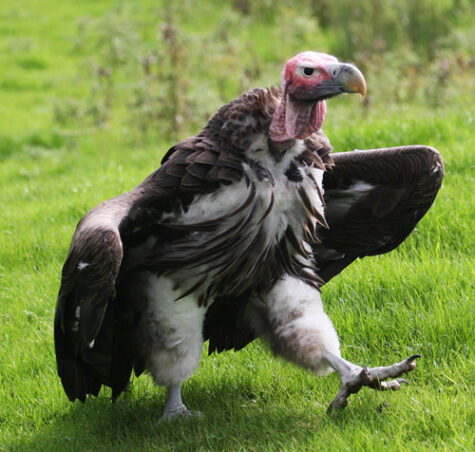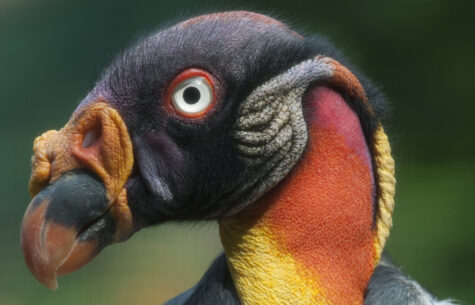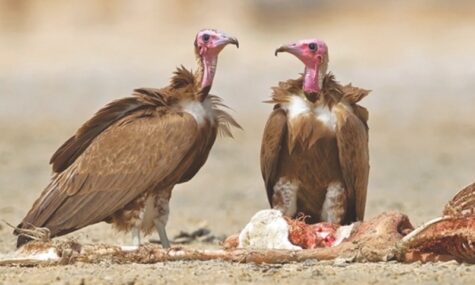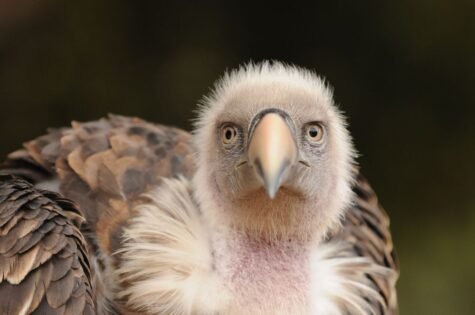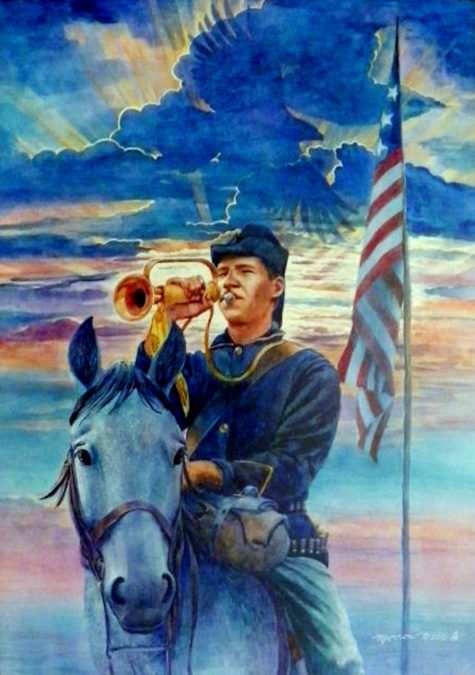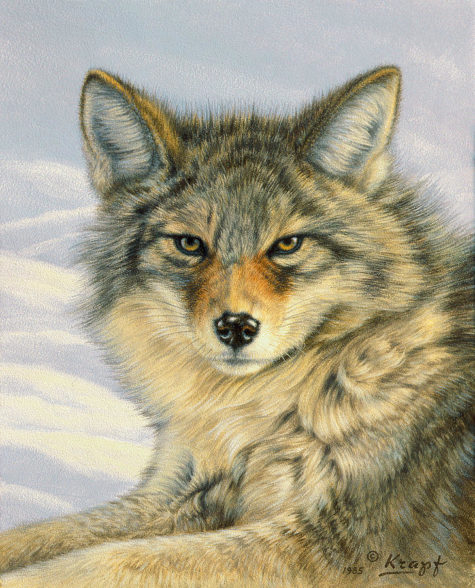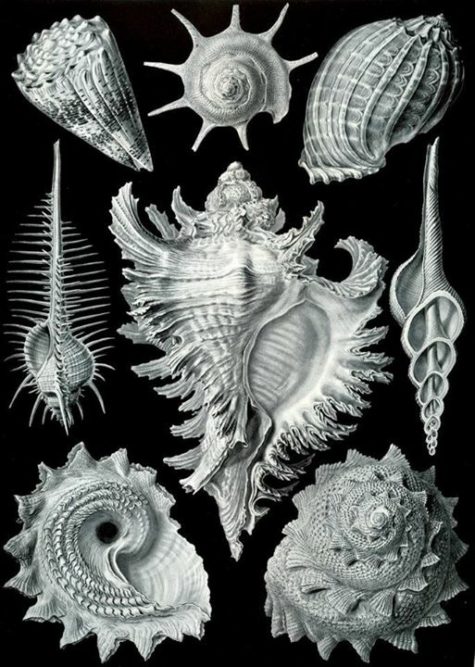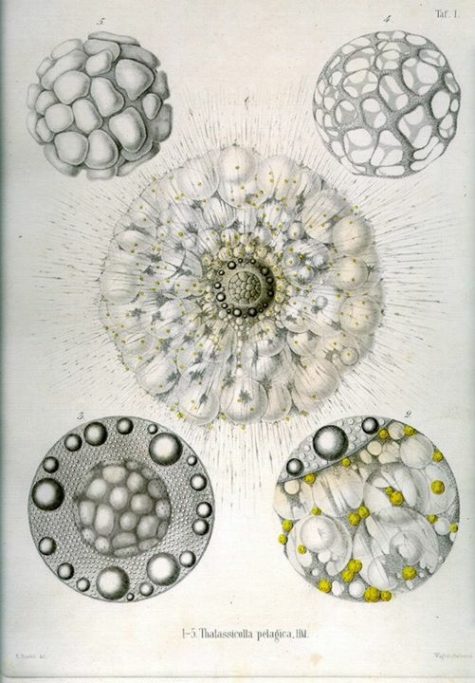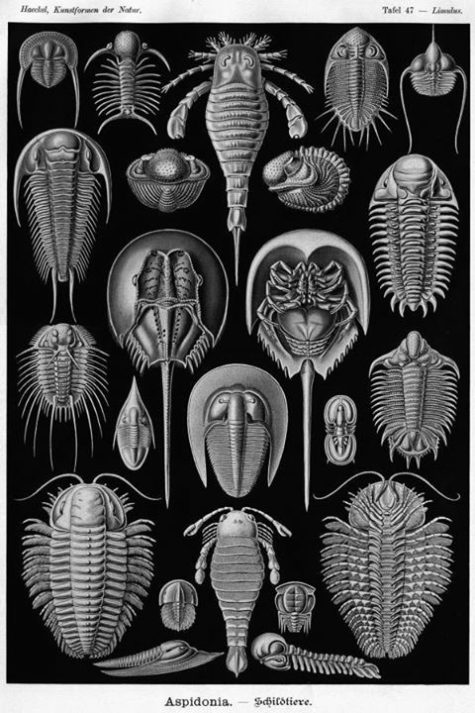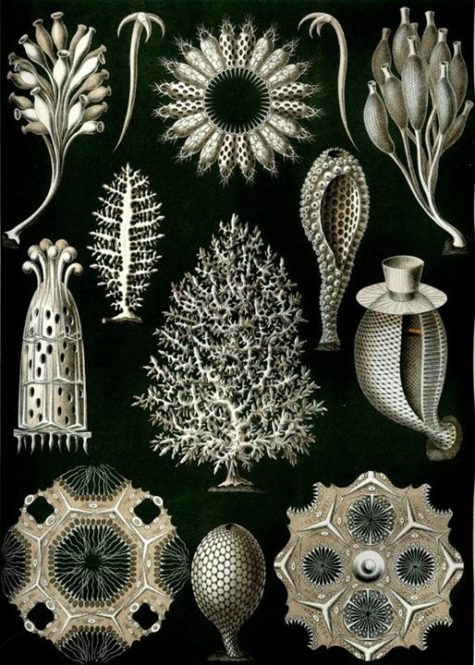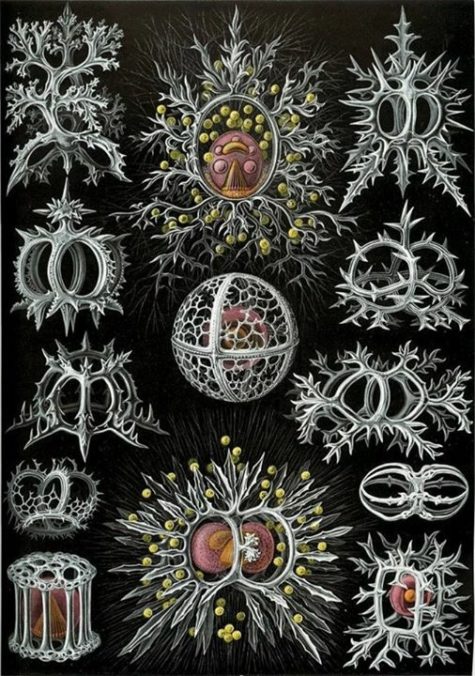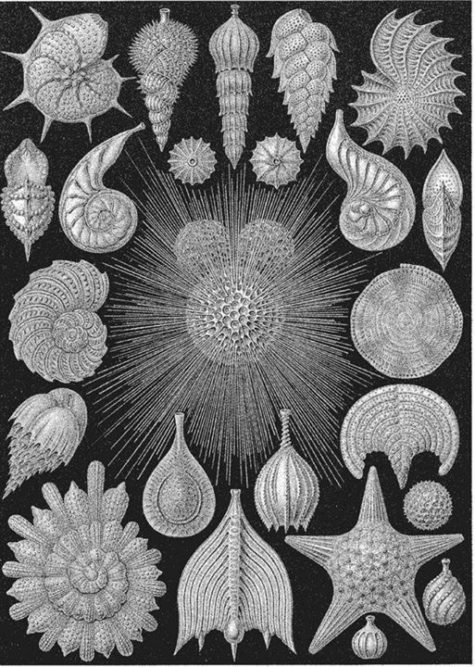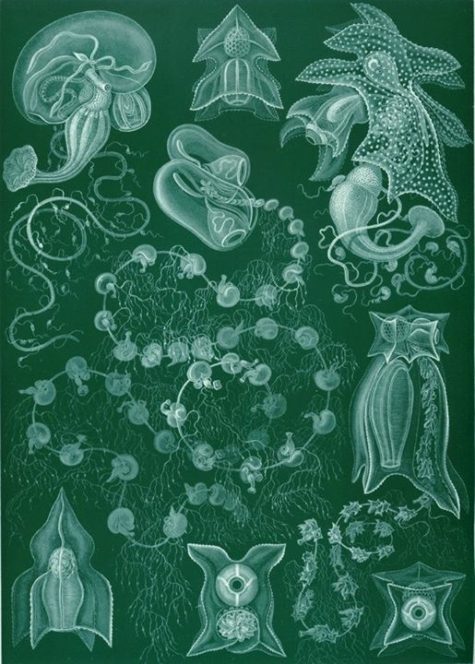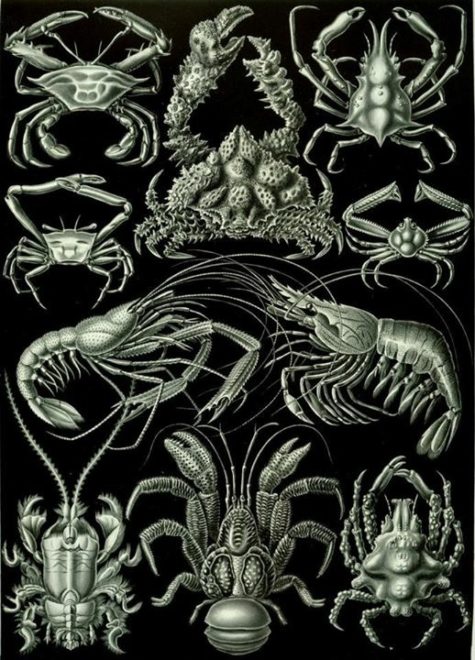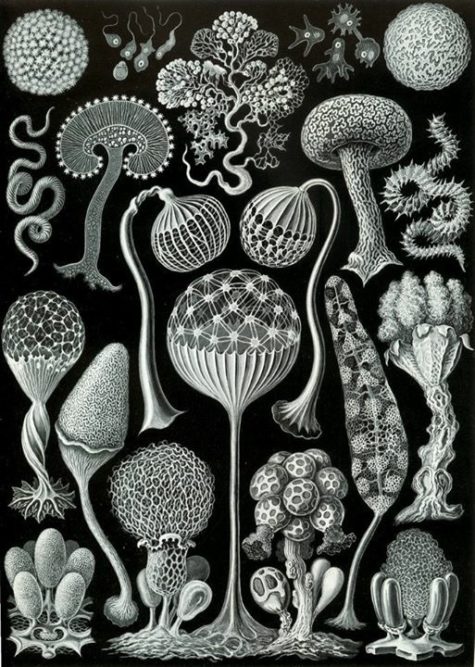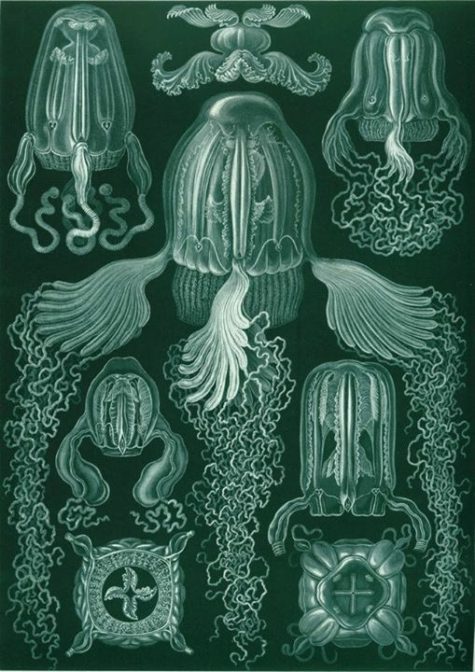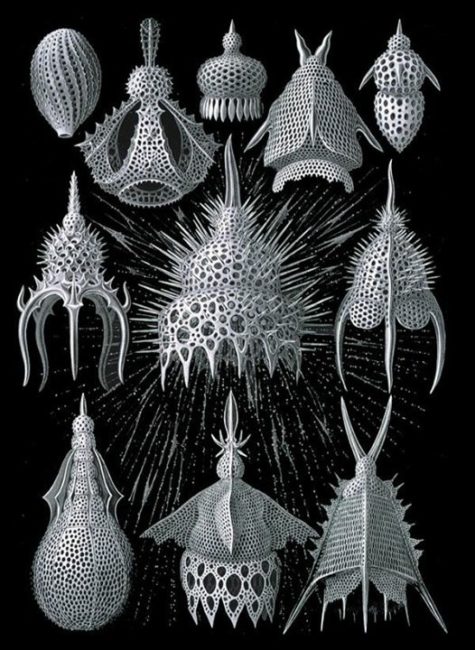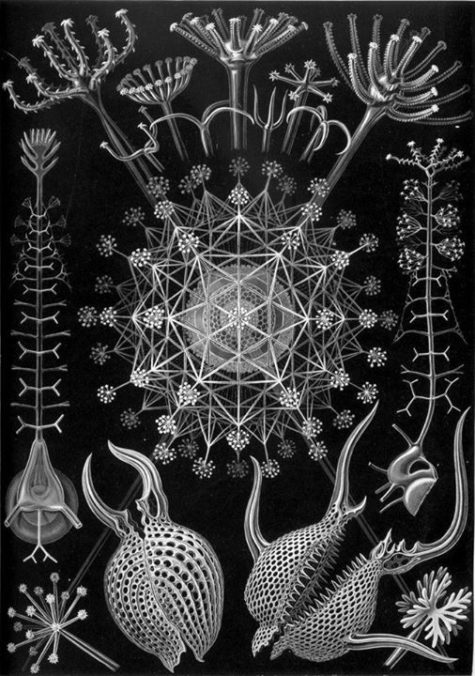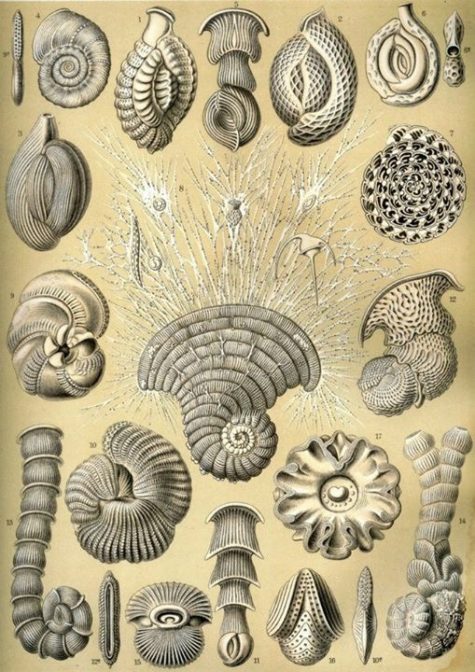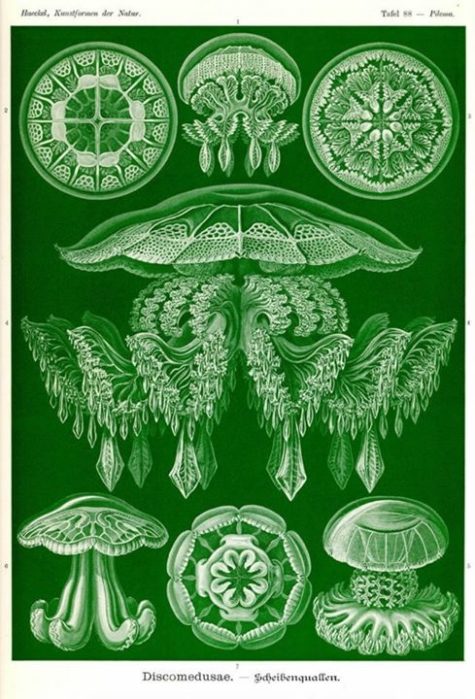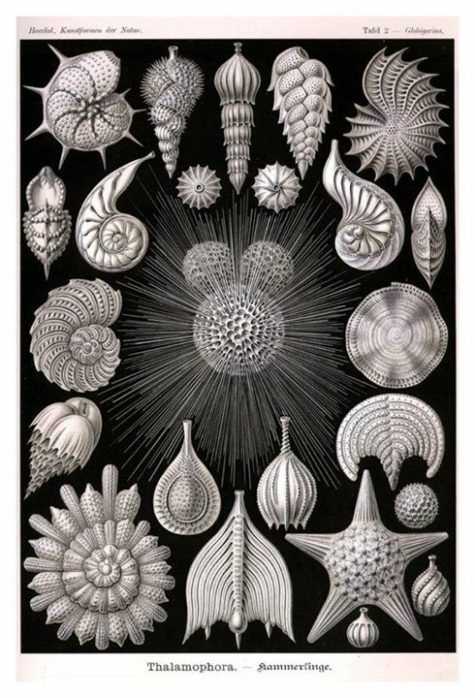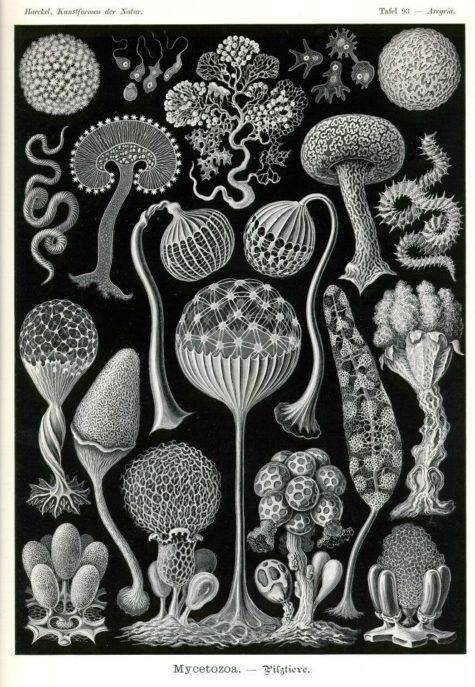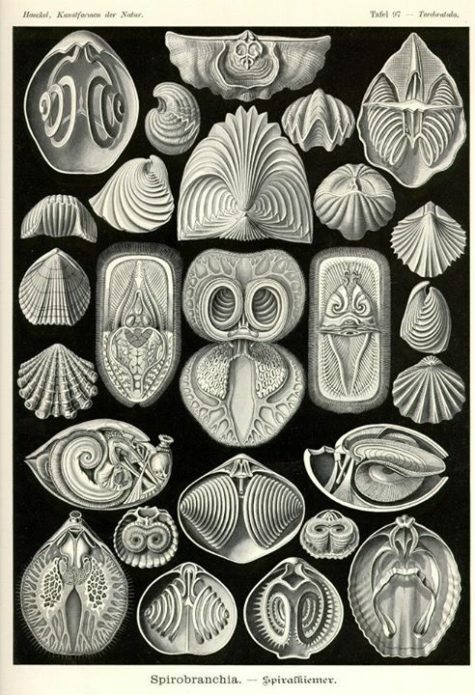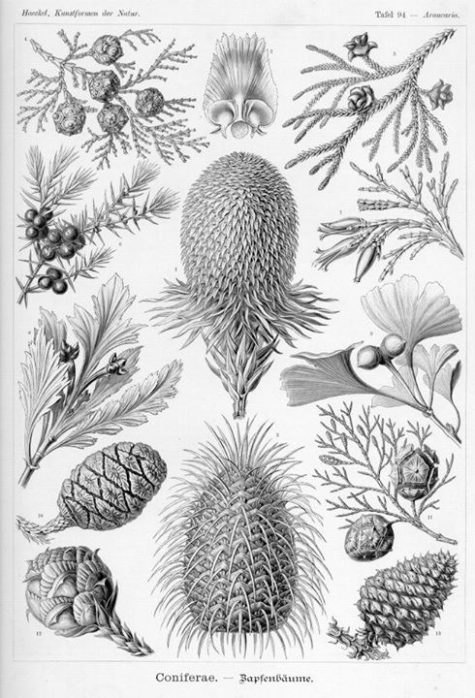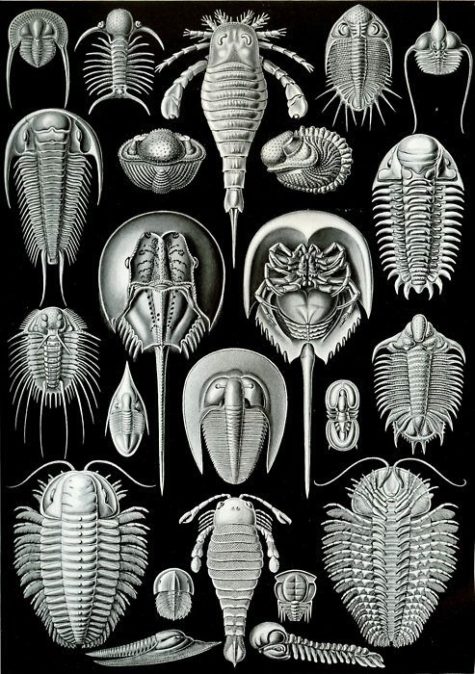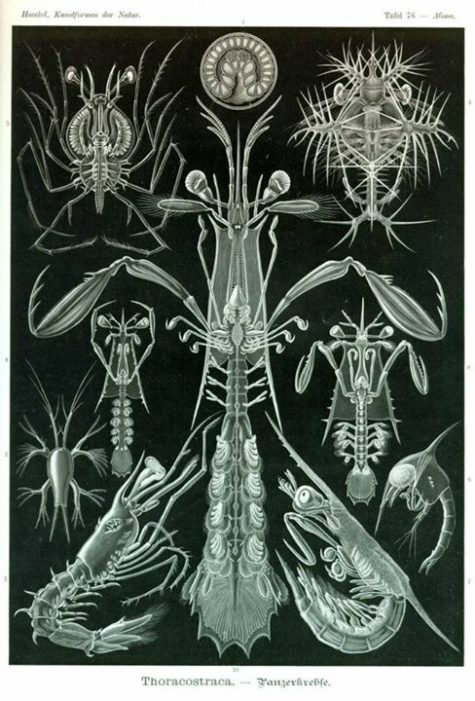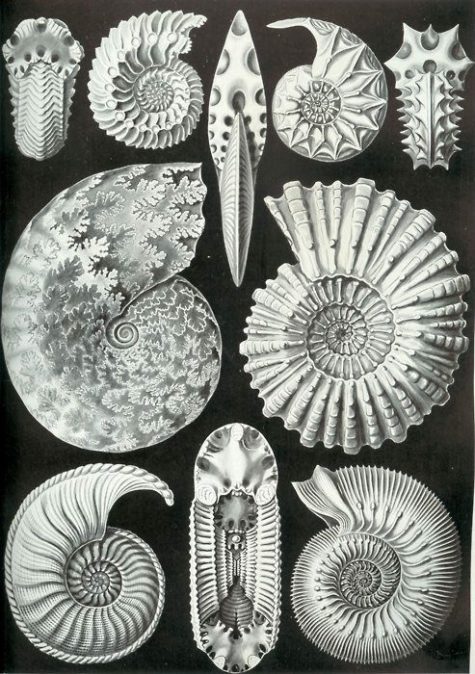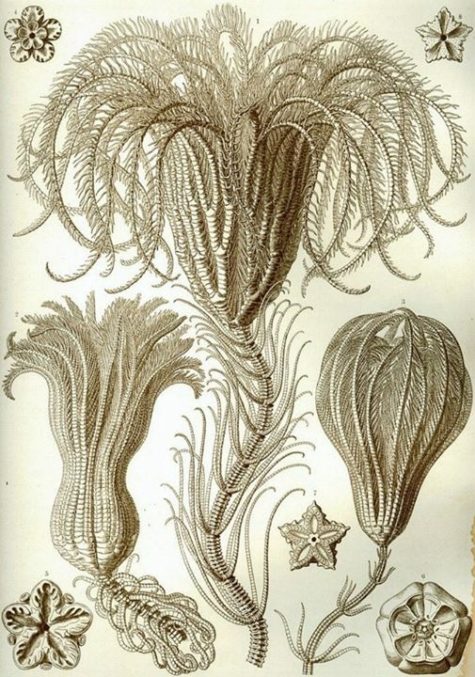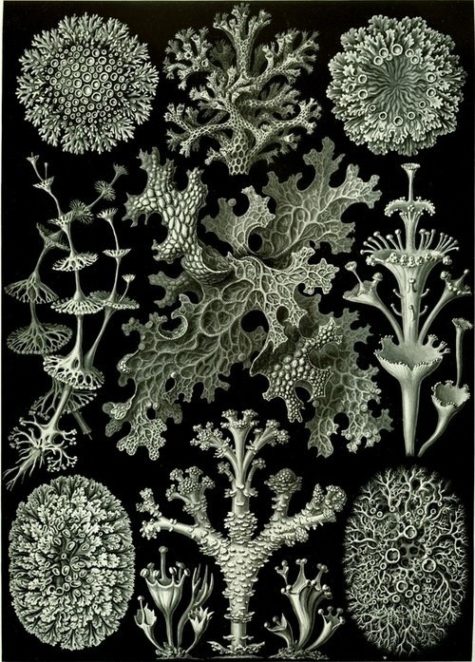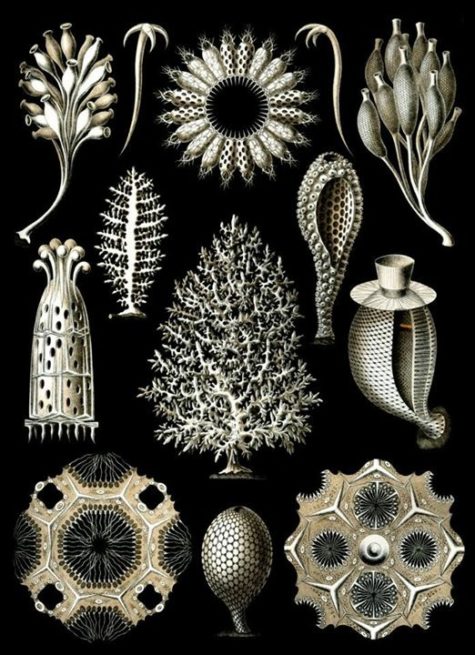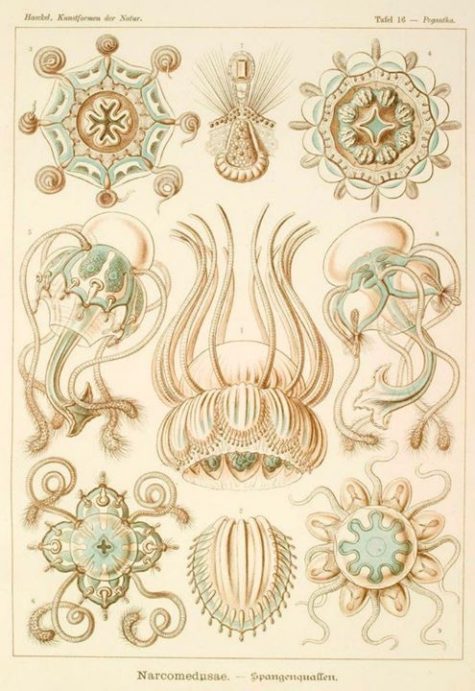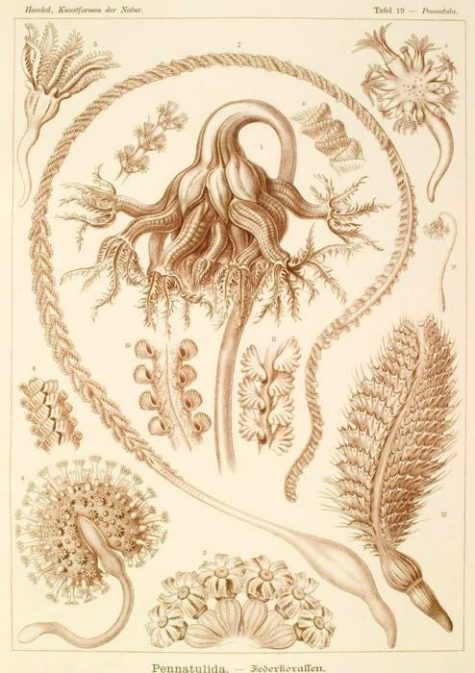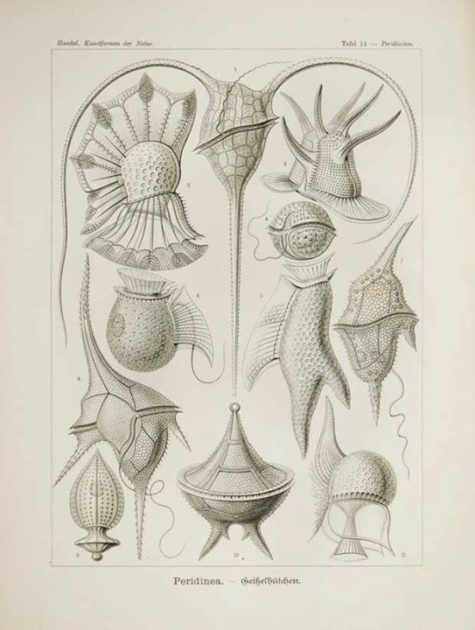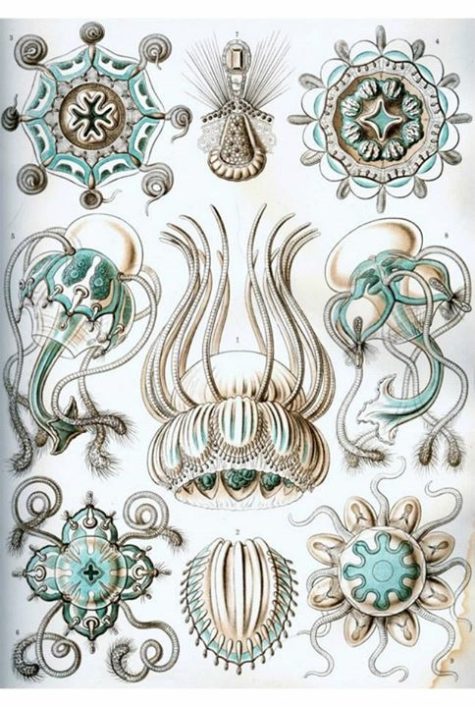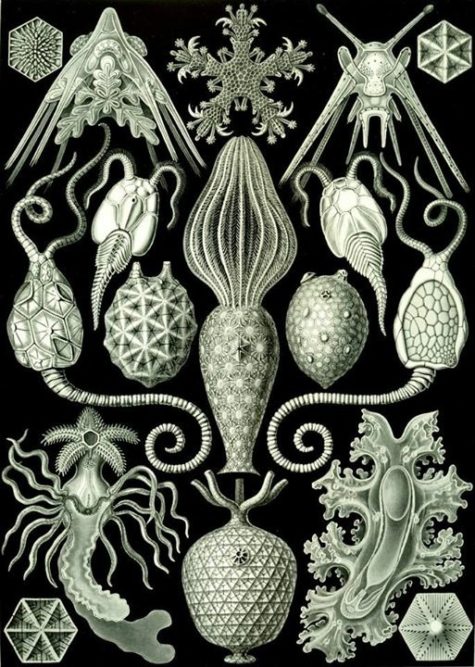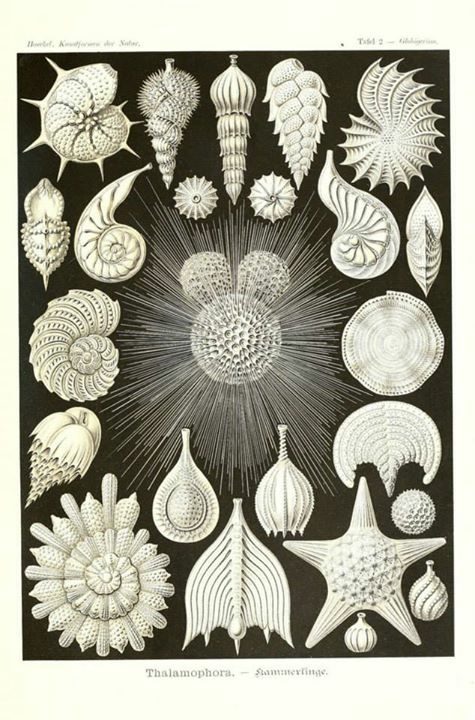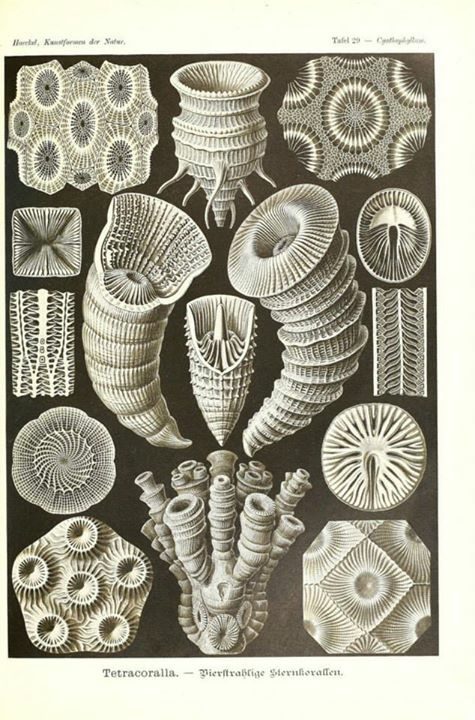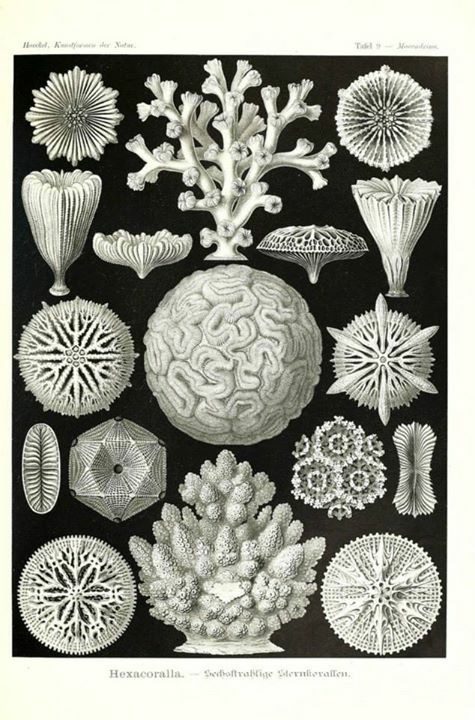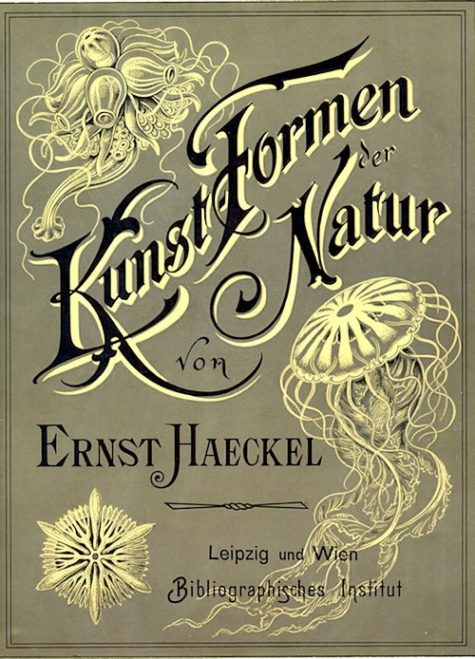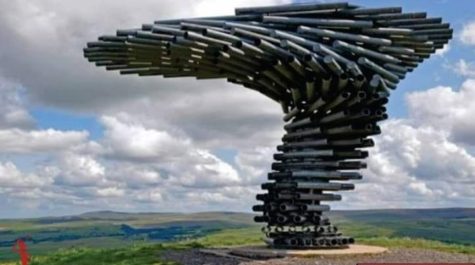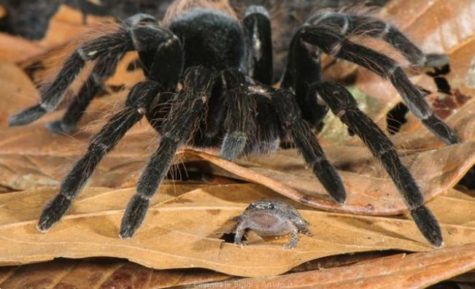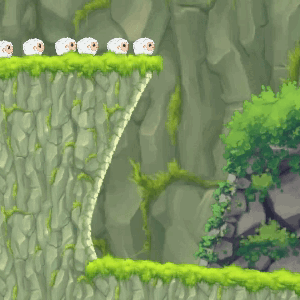When Jonathan the tortoise decides to stretch his neck and limbs out of his shell and enjoy a little sunbathing on the British Overseas Territory of Saint Helena in the South Atlantic, it’s a sight so peculiar that alarmed passersby will report that the poor creature has died.
That may sound like a rash conclusion, but people have reason to be concerned. At 187 years old, Jonathan is believed to have far exceeded the typical 150-year lifespan of his species to become the world’s oldest living land animal.
The title has been recognized by Guinness World Records, which recently profiled Jonathan. With an estimated birth year of 1832, the affable reptile has lived through the terms of 39 U.S. presidents, two world wars, and the invention of the light bulb. He came to Saint Helena around 1882, with his age at the time figured to be around 50 years old. He was intended to be a gift to the governor of the Overseas British Territory at the time, William Grey-Wilson, and has lived on the grounds of the governor’s mansion ever since.
Advancing age is not without its consequences. Jonathan is nearly blind from cataracts and appears to have lost his sense of smell. He’s cared for by veterinarians who arrange for a nutritious fruit and vegetable diet.
Believed to be a rare Seychelles giant tortoise, Jonathan shares the property with three other shelled friends: David, Emma, and Fred. If he hangs on for a bit longer, he’ll likely set the all-time Guinness World Record for a chelonian lifespan currently held by Tu’i Malila, a tortoise who passed at age 188 in 1965.
From all indications, it appears Jonathan has not lost his taste for life’s pleasures. According to island residents, he’s fond of copulating with Emma and has even been known to enjoy dalliances with Fred. This poses a unique duty for Governor Lisa Phillips, who sometimes has to head outside and put the tortoises back on their feet if they fall off during their sensual encounters.
“That wasn’t in the job description when I became governor,” Phillips said in 2017.
Source: Mental Floss
Vultures are scavenging birds that do our environment a world of good. If you’re not a fan already, we hope these astonishing facts will help you learn to love them.
- There is a Vulture Awareness Day
As a result of the threats that vultures face, the first Saturday of September is now dedicated to celebrating International Vulture Awareness Day. These days are extremely valuable in educating people about the true nature of these vulnerable animals, whilst allowing them to partake in fun activities at the same time.
- Vultures are the sacred bird of Tibet
Tibetan sacred bird, the vulture, falls mainly into the category of the bearded vultures, the largest scavenger birds in Eurasia. As vultures do not usually prey on living animals and instead live by the body of dead living beings, they are considered to be sacred.
Vultures play important roles in Tibetan festivals known as Sky-Burial. The involvement of the vultures in this unique and exotic Tibetan festival includes the popular belief of reincarnation and after life after death.
In the festival of Sky Burial, a human corpse is offered to the vultures. The corpse is placed on the mountain tops, near the abodes of the vultures, indirectly luring them to feed on the corpse and provide the soul of the dead person a chance of rebirth, according to the popular Tibetan belief. According to the Tibetans, the vultures are the disguised ‘Dakinis’. To the Tibetans, Dakinis are angels; hence offerings to the angels are thought to be the sacred way of the end of one life. Dakinis will take the soul into the heavens, which is understood to be a windy place where souls await reincarnation into their next lives.
- Groups of vultures have many different descriptive names.
Interestingly enough, vultures are noteworthy for the fact that they have a very large number of collective nouns, which vary according to their behavior at any given time!
Vultures circling overhead, riding thermals as they search for carcasses are called a ‘kettle’. A group of vultures perched in a tree, meanwhile, are called a ‘committee’, a ‘venue’ or even a ‘volt’. Then, when the vultures descend to the ground to feed on a carcass they’re called a ‘wake’ which we think is beautifully descriptive. This makes a total of five collective nouns for a single type of animal, which is quite exceptional!
- Vultures are divided into two major groups which are not closely related.
With the exception of Australia and Antarctica, every continent has a resident vulture population. Ornithologists split the 23 living species into Old World vultures and the New World vultures (condors belong to the latter). Genetic evidence tells us that these birds aren’t close relatives; they independently evolved similar-looking physiques in response to environmental forces, a rare case of convergent evolution.
Old World vultures, native to Europe, Africa, and Asia, have strongly curved, eagle-like beaks and they can easily grasp things with their hooked talons. By comparison, the beaks on New World vultures, which live in the Americas, are weaker—and these birds aren’t as adept at using their feet to manipulate objects.
- Being bald might help vultures stay cool.
Most vultures, in both hemispheres, have little to no plumage on their necks and heads. Historically, naturalists believed baldness was a sanitary measure, assuming that if vultures had facial feathers, they’d get drenched in blood and gore at mealtime. But it turns out their bald heads may offer another advantage.
Researchers at the University of Glasgow compared photos of griffon vultures in different poses depending on the temperature of their environment. They found that on hot days, the vultures tended to stick their necks out, and in cold weather, they tucked their heads underneath their wings. The scientists concluded that the birds’ bare skin helped them regulate their body temperatures because the skin rapidly loses heat. The trick may come in handy since many vultures have to deal with extreme daily temperature variation in their habitats.
- Vultures poop on themselves for two important reasons.
Much like their bald heads, their unfeathered feet and legs can also help vultures get rid of excess body heat. To aid that process, some species will literally poop on their legs and allow the viscous liquid to evaporate, cooling their skin. The waste serves an additional purpose: Thanks to their diet, vulture poop is highly acidic and acts as a disinfectant for their feet, slaying harmful bacteria they pick up while hopping around animal carcasses.
- John James Audobon instigated a vulture war.
In 1826, John James Audubon challenged the prevailing belief that all vultures had an extraordinary sense of smell. Audubon’s field experiments with birds he believed to be turkey vultures convinced him that the birds used sight to track down their food. Divided over this issue, ornithologists broke off into rival factions: “Nosarians” still believed that vultures were scent-driven animals while “anti-nosarians” agreed with Audubon’s thesis.
Both sides were partially right. Most Old World vultures are indeed guided by vision—as is the North American black vulture, which is probably the species that Audubon looked at in his experiments. But the turkey vulture has a phenomenal sense of smell, allowing it to zero in on carcasses from thousands of feet overhead—a nice compliment to the animal’s keen eyesight.
- The Turkey Vulture doesn’t have a nasal septum.
The nasal septum, a wall of bone and cartilage in the nose, separates the left and right nasal passages. Turkey vultures lack this structure, which is also absent in yellow-headed vultures. If you look at them from the side, it’s possible to see clear through their bills.
Turkey vultures have an extraordinary sense of smell. They have been known to be able to smell carrion from over a mile away which is very unique in the bird world. The turkey vulture has the largest olfactory (smelling) system of all birds.
- Egyptian vultures can use tools.
With round-edged stones, the Egyptian vulture (Neophron percnopterus) hammers away at ostrich eggs until they crack open. Once the hard work has been done, though, ravens will sometimes swoop down, chase the vultures off, and steal the exposed yolks. That’s life for you.
- To locate food, some vultures follow the crowd.
Old World vultures keep a close eye on their neighbors. When one of the birds locates a carcass, another individual may watch its descent and infer that the first bird is headed towards a dead animal. In short order, a whole bunch of observant vultures can gather around a carcass, simply by following other members of their species. Likewise, some African vultures track steppe and tawny eagles over long distances in the hope that these raptors will lead them to a nice meal of carrion.
- Many cultures have viewed vultures in a positive light.
Given their reputation as scavengers, people often think of vultures as disgusting or unsavory birds. But some cultures admire vultures and their scavenging ways. In ancient Egypt, vultures were thought to be especially devoted mothers, so they were commonly associated with maternity and compassion. Also, since the birds soar at great heights with an all-seeing gaze, the ancient Egyptians viewed them as living embodiments of their rulers.
- The Andean Condor has the largest wing surface of any living bird.
From tip to tip, the wingspan of an Andean condor can measure 10.5 feet across. Although some albatrosses and pelicans can reach longer maximum wingspans, their wings are a lot skinnier than vultures’. The Andean Condor beats them in terms of total surface area.
The Andean Condor is the world’s heaviest soaring bird. Because it flaps its wings for only 1% of the time during flight, this amazing bird can fly 100 miles without flapping its wings.
- Vultures can fly really high.
The Ruppell’s griffon vulture is the world’s highest flying bird. In 1973, one collided with an airplane off the Ivory Coast; at the time, the plane was flying at 37,000 feet.
- Bones comprise most of the Bearded Vulture’s diet.
Using powerful digestive acids, the stomach of a bearded vulture—native to Eurasia and Africa—can break down solid bones within 24 hours. Bones and bone marrow account for 85 percent of the bearded vulture’s diet. To break larger bones into bite-sized fragments, the birds will drop them from heights of 164 to almost 500 feet.
- The Palm-Nut Vulture loves fruit.
A widespread denizen of central and southern Africa, this black and white vulture does consume small animals and carrion. But it’s mostly a vegetarian. The palm-nut vulture’s primary food sources are fruits, grains, and plant husks.
- Turkey Vultures can’t kill their prey.
Turkey vultures are the only scavenger birds that can’t kill their prey. A close inspection of their feet reminds one of a chicken instead of a hawk or an eagle. Their feet are useless for ripping into prey, but the vultures have powerful beaks that can tear through even the toughest cow hide. They feed by thrusting their heads into the body cavities of rotting animals.
- California Condors have made a huge comeback.
Lead poisoning, pesticides, and active persecution have put vultures at serious risk. No fewer than 16 species are classified as endangered, threatened, or vulnerable. Around the world, captive breeding programs are trying to throw the birds a lifeline. Similar efforts have done wonders in the past. In 1982, the global population of California condors consisted of just 23 birds. Now, there are over 400 documented individuals, with more than half of those flying free out in the wild. Although their long-term survival as a species is by no means guaranteed, captive breeding—and increased public interest—helped reverse the condors’ fortunes.
- Vultures barf on their predators.
Vultures have developed ironclad stomachs to be able to consume tough flesh and bones. Their extremely acidic digestive fluids not only break down rotting meat; they also kill pathogens like anthrax, botulinum toxins, and the rabies virus that would otherwise make them sick. Those fluids can also be a handy, highly corrosive weapon against predators. When turkey vultures and other species feel threatened, they upchuck a mess of semi-digested offal and acid toward their attackers and escape. This defensive vomiting may also rid their stomachs of a heavy meal so they can take flight quickly.
- The King Vulture has no eyelashes.
Unlike many New World vultures, the king vulture does not have eyelashes. King vultures grow to about 2.5 feet tall and may get to a weight of 8 pounds, making them the largest New World vulture, except for the condors. Though it appears to dominate over a feeding site, this vulture actually relies on other stronger-beaked carrion-eaters to initially rip open the hide of a carcass.
The fleshy wattle that bulges from the king vulture’s beak is called a ‘caruncle.’ Both males and females sport these facial features, though the wattle’s purpose continues to perplex scientists.
- Without vultures, there’d be a lot of roadkill lying around.
Researchers have estimated that in the Serengeti ecosystem of eastern Africa, vultures devour more animal flesh than all of the region’s carnivorous mammals put together. As nature’s clean-up crew, vultures slow the spread of diseases—including those affecting livestock. And the birds help sustain plants by returning nutrients to the environment.
When vulture populations decline, other scavenging animals won’t always pick up the slack. In 2018, a research team deposited two sets of rabbit carcasses in rural South Carolina, with one set accessible to turkey vultures and the other inaccessible. They waited seven days, and guess what happened? In the vulture-free group, 80 percent of the rabbits were untouched by vertebrate carnivores, showing that coyotes, opossums, and alligators didn’t scavenge more carrion when not competing with vultures. In other words, when vultures vanish, a lot of rotting roadkill goes uneaten.
Info collected from Mental Floss and various other sources.
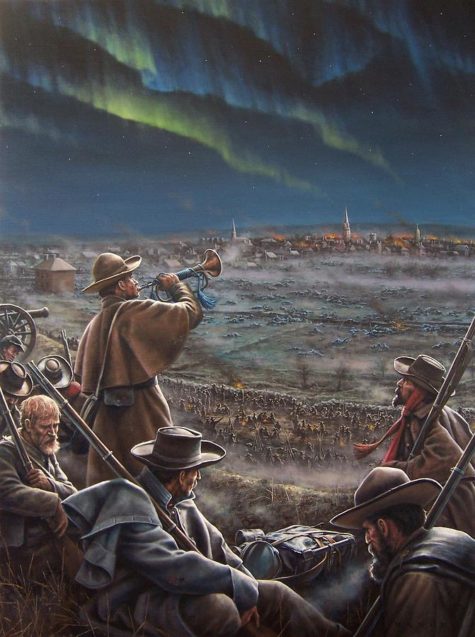
If any of you have ever been to a military funeral in which taps was played; this brings out a new meaning of it.
Here is something Every American should know. Until I read this, I didn’t know, but I checked it out and it’s true:
We in the United States have all heard the haunting song, ‘Taps…’ It’s the song that gives us the lump in our throats and usually tears in our eyes.
But, do you know the story behind the song? If not, I think you will be interested to find out about its humble beginnings.
Reportedly, it all began in 1862 during the Civil War, when Union Army Captain Robert Elli was with his men near Harrison’s Landing in Virginia. The Confederate Army was on the other side of the narrow strip of land.
During the night, Captain Elli heard the moans of a soldier who lay severely wounded on the field. Not knowing if it was a Union or Confederate soldier, the Captain decided to risk his life and bring the stricken man back for medical attention. Crawling on his stomach through the gunfire, the Captain reached the stricken soldier and began pulling him toward his encampment..
When the Captain finally reached his own lines, he discovered it was actually a Confederate soldier, but the soldier was dead.
The Captain lit a lantern and suddenly caught his breath and went numb with shock. In the dim light, he saw the face of the soldier. It was his own son. The boy had been studying music in the South when the war broke out.. Without telling his father, the boy enlisted in the Confederate Army.
The following morning, heartbroken, the father asked permission of his superiors to give his son a full military burial, despite his enemy status. His request was only partially granted.
The Captain had asked if he could have a group of Army band members play a funeral dirge for his son at the funeral. The request was turned down since the soldier was a Confederate. But, out of respect for the father, they did say they could give him only one musician.
The Captain chose a bugler. He asked the bugler to play a series of musical notes he had found on a piece of paper in the pocket of the dead youth’s uniform.
This wish was granted. The haunting melody, we now know as ‘Taps’ used at military funerals was born.
The words are:
Day is done.
Gone the sun.
From the lakes
From the hills.
From the sky.
All is well.
Safely rest.
God is nigh.
Fading light.
Dims the sight.
And a star.
Gems the sky.
Gleaming bright.
From afar.
Drawing nigh.
Falls the night.
Thanks and praise.
For our days.
Neath the sun
Neath the stars.
Neath the sky
As we go.
This we know.
God is nigh
I too have felt the chills while listening to ‘Taps’ but I have never seen all the words to the song until now. I didn’t even know there was more than one verse . I also never knew the story behind the song and I didn’t know if you had either so I thought I’d pass it along.
- Bears, cougars, wolves, and humans are the main predators of coyotes.
- A group of coyotes is called a pack.
- Coyotes are digitigrades, which means they walk on their toes.
- Coyotes are omnivores that eat rabbits, rodents, frogs, deer, antelopes, lizards, birds, plants, and carcasses.
- They hunt at night.
- Coyotes have 42 teeth.
- They can run up to 40 MPH when chasing prey.
- Coyotes are frequent communicators that growl, bark, wail, huff, yelp, squeal, and howl.
- Coyotes are territorial and mark their area with urine.
- Coyotes are monogamous animals – meaning they mate for life.
- They mate in February and gestation takes about 2 months.
- Coyotes have 5 to 7 pups. Both male and female coyotes care for the pups in their den.
- Pups don’t open their eyes until 11 or 12 days after birth.
- Pups will hunt alone by six months.
- Coyotes are excellent swimmers.
- Coyotes know to reproduce more when their pack is SMALL.
In Boston, during a verbal dispute, an unarmed teenage boy was forcefully hit in the head with the butt of a weapon by local law enforcement.
Word of the incident spread quickly, and a large number of locals gathered in the street where the incident had happened to protest almost immediately.
As the crowd grew, angry protesters shouted slogans; some business owners, fearing property damage, shut their doors.
The local authorities called for uniformed backup; backup came, well-armed.
The assembly was deemed “unlawful,” and the crowd was ordered to disperse. The protesters began to throw dirt clods in response.
In response, multiple uniformed law enforcers fired on the crowd. The 1st protester to die was a black man and the authorities justified the shooting by claiming that they “feared for their lives”.
If, while reading this story, you found yourself siding with the authorities and thinking that the protesters should’ve dispersed when ordered, or that the protesters armed with dirt & sticks deserved to be met with deadly force by armed law enforcement, I have bad news for you.
You chose the side of the tyrant King George III, not the American patriots.
The year was 1770, the authorities were British soldiers, the protest would later be called the Boston Massacre.
The 1st protester killed in that conflict was Crispus Attucks, a black man considered by many to be a heroic American patriot and the 1st casualty of the American Revolution.
Marinate on that for a minute.
The Irish slave trade began when 30,000 Irish prisoners were sold as slaves to the New World. The King James I Proclamation of 1625 required Irish political prisoners be sent overseas and sold to English settlers in the West Indies. By the mid 1600’s, the Irish were the main slaves sold to Antigua and Montserrat. At that time, 70% of the total population of Montserrat were Irish slaves.
Ireland quickly became the biggest source of human livestock for English merchants. The majority of the early slaves to the New World were actually white.
From 1641 to 1652, over 500,000 Irish were killed by the English and another 300,000 were sold as slaves. Ireland’s population fell from about 1,500,000 to 600,000 in one single decade. Families were ripped apart as the British did not allow Irish dads to take their wives and children with them across the Atlantic. This led to a helpless population of homeless women and children. Britain’s solution was to auction them off as well.
During the 1650’s, over 100,000 Irish children between the ages of 10 and 14 were taken from their parents and sold as slaves in the West Indies, Virginia and New England. In this decade, 52,000 Irish (mostly women and children) were sold to Barbados and Virginia. Another 30,000 Irish men and women were also transported and sold to the highest bidder. In 1656, Cromwell ordered that 2000 Irish children be taken to Jamaica and sold as slaves to English settlers.
Many people today will avoid calling the Irish slaves what they truly were: Slaves. They’ll come up with terms like “Indentured Servants” to describe what occurred to the Irish. However, in most cases from the 17th and 18th centuries, Irish slaves were nothing more than human cattle.
As an example, the African slave trade was just beginning during this same period. It is well recorded that African slaves, not tainted with the stain of the hated Catholic theology and more expensive to purchase, were often treated far better than their Irish counterparts.
African slaves were very expensive during the late 1600’s (50 Sterling). Irish slaves came cheap (no more than 5 Sterling). If a planter whipped or branded or beat an Irish slave to death, it was never a crime. A death was a monetary setback, but far cheaper than killing a more expensive African. The English masters quickly began breeding the Irish women for both their own personal pleasure and for greater profit.
Children of slaves were themselves slaves, which increased the size of the master’s free workforce. Even if an Irish woman somehow obtained her freedom, her kids would remain slaves of her master. Thus, Irish moms, even with this new found emancipation, would seldom abandon their kids and would remain in servitude.
In time, the English thought of a better way to use these women (in many cases, girls as young as 12) to increase their market share: The settlers began to breed Irish women and girls with African men to produce slaves with a distinct complexion. These new “mulatto” slaves brought a higher price than Irish livestock and, likewise, enabled the settlers to save money rather than purchase new African slaves.
This practice of interbreeding Irish females with African men went on for several decades and was so widespread that, in 1681, legislation was passed “forbidding the practice of mating Irish slave women to African slave men for the purpose of producing slaves for sale.” In short, it was stopped only because it interfered with the profits of a large slave transport company.
England continued to ship tens of thousands of Irish slaves for more than a century. Records state that, after the 1798 Irish Rebellion, thousands of Irish slaves were sold to both America and Australia. There were horrible abuses of both African and Irish captives. One British ship even dumped 1,302 slaves into the Atlantic Ocean so that the crew would have plenty of food to eat.
There is little question that the Irish experienced the horrors of slavery as much (if not more in the 17th Century) as the Africans did. There is, also, very little question that those brown, tanned faces you witness in your travels to the West Indies are very likely a combination of African and Irish ancestry.
In 1839, Britain finally decided on its own to end its participation in Satan’s highway to hell and stopped transporting slaves. While their decision did not stop pirates from doing what they desired, the new law slowly concluded THIS chapter of nightmarish Irish misery.
But, if anyone, black or white, believes that slavery was only an African experience, then they’ve got it completely wrong. Irish slavery is a subject worth remembering, not erasing from our memories.”
~Tony Arroyo
Believe it or not, there was a time when, instead of photographs, scientists made detailed drawings documenting the natural world. Ernst Haeckel was one such scientist/artist. Here is a collection of some of his drawings. I think they are pretty amazing!
Not all of the illustrations are in black and white or monochrome. Some are in color and very beautiful. You can find a large collection over on More Cool Pictures, and also over at Mandala Madness.
I believe they were originally published in this book:
The Singing Tree is a musical sculpture standing on a hill (Crown Point) overlooking Burnley, UK. From far away, the tree’s profile is visible on the horizon. The tree is constructed of stacked pipes that are different lengths and are oriented to lean into the wind. As the wind passes through the pipes, it plays different chords. Each time you sit under the tree, you will hear a different song.
For those of us with inquiring minds, here is a vert simple infographic detailing the basic differences between the three systems of measuring the temperature.
- 0° Fahrenheit = Really Cold Outside
100° Fahrenheit = Really Hot Outside - 0° Celsius = Fairly Cold Outside
100° Fahrenheit = You’re Dead - 0° Kelvin = You’re Dead
100° Kelvin = You’re Dead
So there you have it! A nice little tidbit of information that is probably useful for absolutely nothing at all!

